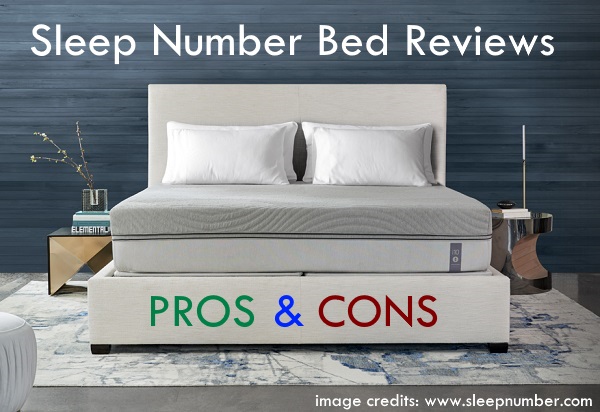In the realm of American mattresses, Sleep Number beds hold a prominent position, adorned with accolades for their exceptional comfort and groundbreaking innovations. These beds are celebrated for their inflatable versions and temperature-regulated variants, making them coveted gems in the expansive market. Their appeal isn’t confined to individuals; couples have also embraced them enthusiastically. The dual chamber design of these beds stands as a testament to their adaptability, allowing couples to fine-tune air pressure and temperature on each side to suit their unique preferences and sleep patterns.

The Landscape of Sleep Number Bed: An Exploration of Pros and Cons
However, even amid their allure, a few clouds have been noted on the horizon of Sleep Number beds. Let’s delve into these concerns with an analytical lens:
Price versus Value Conundrum: One of the prevailing echoes among buyers pertains to the price tag attached to Sleep Number beds, particularly the higher-end models that often hover between $2500 and $4500 on average. Some purchasers raise a skeptical brow, pondering if the value delivered matches the weighty price they’ve paid. Moreover, a comparatively shorter warranty period has left a trail of discontent among certain customers.
Uncharted Territory of Mid-Region Discomfort:
A common chorus of discomfort emanates from the middle regions of Sleep Number beds, a grievance shared across an array of models. This phenomenon seems to linger regardless of the specifics, posing an undeniable inconvenience for users.
The Aerial Tango of Air Loss:
Another frequently heard note of dissatisfaction revolves around the mysterious vanishing act of air from the mattress. Users have voiced their exasperation at the rapid escape of air, leading to discomfort mid-slumber. Consequently, the tranquil night’s sleep often metamorphoses into a chore of air pressure adjustments and untimely mattress reinflations. It’s a dance that unfortunately leaves the partner with diminished comfort by dawn.
The Discomforting Strains of Aching:
It’s a disconcerting tune that over 10% of users have sung—a symphony of heightened back, neck, and shoulder pains traced back to the firmness of the mattress top and the recurrent vanishing air act. An array of voices joins the chorus, articulating tales of hip and joint discomfort. These echoes collectively suggest that Sleep Number beds might not be the panacea for individuals grappling with existing pain issues. As prospective buyers tread the path toward selecting their sleep haven, it’s imperative to approach Sleep Number beds with a clear-eyed perspective. The symphony of their distinct features and customizable options reverberates with an undertone of caution—a reminder of the common grievances that tread alongside their virtues. Familiarity with the ups and downs of Sleep Number beds empowers individuals to cast an informed vote when it comes to their mattress selection. It’s a journey that culminates not merely in an acquisition but in the assurance of a rejuvenating and tranquil night’s sleep.














